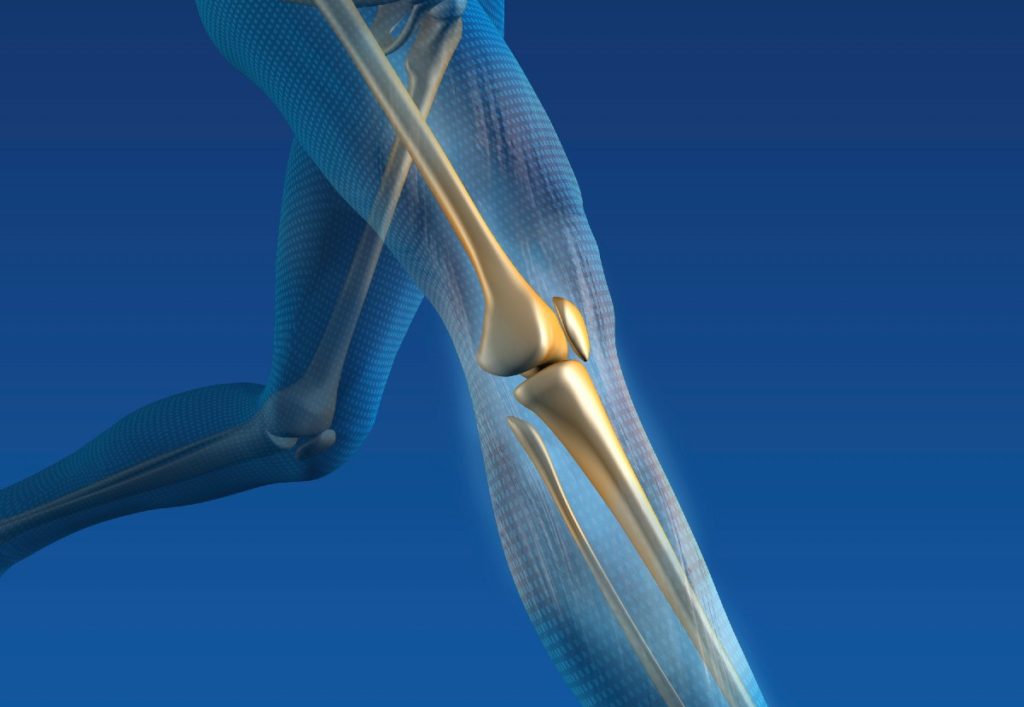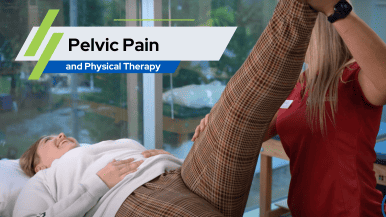Total Knee Replacement Surgery Recovery Helps Patient Ride Bike Pain Free
After total knee replacement surgery recovery, Linda knew exactly where she wanted to go to complete her rehabilitation therapy and regain complete function of her knee.
“I had a total knee replacement surgery on my left knee,” says Linda. “After about three weeks of home care, I came to Ability Rehabilitation for my outpatient therapy, which was the best thing that ever happened to me.”
Linda was back to doing what she loved, riding her bicycle just five weeks after her total knee replacement surgery recovery. Linda credits her speedy and effective recovery to the attitude and patience of her team of therapists.
“They kept me positive when I had down days,” Linda recalls. “On days when I was beating myself up, they told me, ‘Not every day can be a good day; you know this is just like life, you’re going to have bad days. As long as you don’t give up and keep trying, you’re making progress.’”
The path to full total knee replacement surgery recovery and living without pain is not a linear journey; at times it can be rocky and downright challenging. Indeed, having a strong, intimate rapport with your therapists, their professional knowledge and expertise, as well as a state-of-the-art clinic, is critical to a successful rehabilitation program.
“The facility is phenomenal, the therapists are patient, kind, forgiving and they really keep you motivated when you need to be motivated,” Linda says. “These folks here became my extended family. I was very well taken care of; (the therapists) knew how far to push me without causing damage, and without making me scared and not wanting to come back.”
What is a Total Knee Replacement?
Severe deterioration of the knee caused by arthritis or injury, can cause disabling pain, making it exceedingly difficult for individuals to perform even the most routine activities, like walking or climbing stairs. Extreme discomfort may even be felt when seated or lying down.
 When non-surgical treatments like physical therapy, injections and medication, fail to improve the situation, a total knee replacement surgery may be the solution to enable patients to get back to their normal routine without pain.
When non-surgical treatments like physical therapy, injections and medication, fail to improve the situation, a total knee replacement surgery may be the solution to enable patients to get back to their normal routine without pain.
Since it was first introduced in the United States in 1968, total knee replacement surgery (also known as total knee arthroplasty) has become one of the most popular and successful surgeries in the country, amounting to more than 600,000 procedures carried out annually.
During a total knee replacement surgery, a surgeon removes impaired bone tissue and cartilage from the femur, tibia and patella, replacing it with an artificial joint composed of metal alloy and state-of-the-art plastic.
Total knee replacement generally consists of four stages:
- Preparing the ends of the thigh and shin bones by removing any damaged cartilage
- Cementing and positioning metal implants to recreate the joint’s surface
- Resurfacing the knee cap by inserting a plastic button behind the patella
- Inserting a medical-grade plastic spacer between the metal components to form a fluid gliding surface, allowing the knee to move freely in its natural range of motion
Total Knee Replacement Surgery Recovery
 Diligently following your physical therapist’s instructions and regimen is crucial in order to have the best results with rehabilitation. “I was here three days a week for five weeks, for an hour each time,” Linda says. “I got to know them, and they got to know me, like brothers and sisters.”
Diligently following your physical therapist’s instructions and regimen is crucial in order to have the best results with rehabilitation. “I was here three days a week for five weeks, for an hour each time,” Linda says. “I got to know them, and they got to know me, like brothers and sisters.”
Linda continues. “It was really good. I was proud of some of the things I could finally achieve. They made me feel so welcome, and sometimes I wanted to stay longer because I just felt so good, but I had to go because I knew there was somebody waiting.”
With a successful total knee replacement surgery, Linda is grateful to the Ability Rehabilitation staff for being pain-free and for the complete recovery of her knee. “These folks here have become my extended family,” says Linda with a smile. “They brought me from a cane to a bicycle; and I just can’t say enough wonderful things about all of them.”



